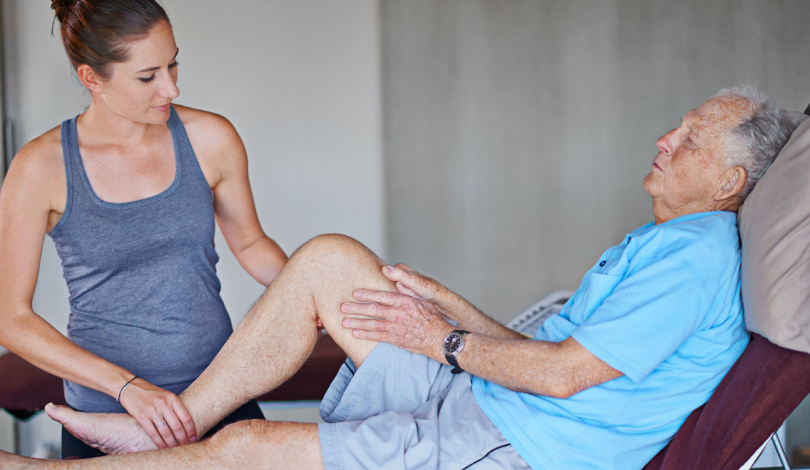Knee pain is a growing affliction among various individuals. This type of pain can result in debilitating and overly adverse effects on the person’s quality of life overall. The best method for treating knee pain may be invasive or non-invasive depending on the causes. Typically wear and tear, injuries, ageing, arthritis are conditions that cause knee pain. Our reputation and integration within the overall healthcare ecosystem enable us to provide expertise and be rated among the best orthopaedic clinics in Gurgaon.
Understanding the conditions for the knee:
The reader may be informed about the typical conditions prescribed to people’s knees. Usually, people have and struggle with the following:
- Arthritis
- Severe pain
- Lack of mobility due to knee pain, knee issues and damage
Has your knee pain not improved despite treatment? Or is it getting worse? A visit to an orthopaedic specialist may be required for effective treatment to commence. Obtaining a second opinion from an orthopaedic specialist and considering all options carefully and diligently consistently is a recommendation to aid your experience with an orthopaedic specialist. Orthopaedics in Gurgaon are typically able to provide comprehensive coverage, including foot insoles.
Non-invasive, non-surgical intervention for the knee:
Symptoms occurring in your knee can also be addressed via non-invasive intervention. For knee pain this typically requires NSAIDs, medications, physical therapy and rehabilitation. Modifications to your lifestyle are also followed upon subsequent recommendations for the orthopaedic.
Rise of partial and total knee replacement.
Knee replacement procedures rose in popularity due to advances in technology, and economies of scale driving up the affordability of these procedures.
Understanding partial knee replacement:
In partial knee replacement, the entire knee joint is not replaced; a smaller section or a part of the total encompassing section is replaced in partial knee replacement. Partial replacement of knee tissues typically uses surgical procedures to remove damaged tissue and bone in the knee joint.
After the removal of damaged tissue, a prosthetic/implant is placed. The aim is to restore mechanical stability, integrity, force, and support, which adequately replaces damaged tissue.
Understanding total knee replacement:
Patients undergoing total knee replacement would face the replacement of the entirety of their knee joint.There are varying types of prosthetic joints/implants utilised, depending on the recipients preferences, requirements and abilities. Your orthopaedic would be able to provide you a detailed breakdown of the type of orthopaedic, exact nature of the procedure, as it pertains to your unique set of circumstances/diagnosis.
Frequently asked questions for knee replacement procedures:
Is the knee replacement surgery/procedure proper for me?
This type of determination can only occur after consultation with an orthopaedic clinic. Imaging, scanning, and consultation require patients to report and provide their medical history and symptoms. Utilising imaging, scanning and possibly other varied methods of diagnosis and examination, such as arthroscopy seen for usage in sciatica treatment may occur, the orthopaedic would then provide recommendations. Consulting and discussing with an orthopaedic is typically recommended to understand the various possibilities.
What happens on the day the knee replacement surgery is scheduled?
Typically on the morning of the scheduled surgery, the patient would undergo anaesthesia. The procedure would then occur, and the recipient of the prosthetic could possibly be shifted to the recovery room to commence the recovery process.
My question isn’t listed here. What do I do?
You are advised to get in contact with an orthopaedic and engage in research on the procedure. A primary consultation is an excellent way to address all your doubts through searches for the orthopaedic doctor near me.





